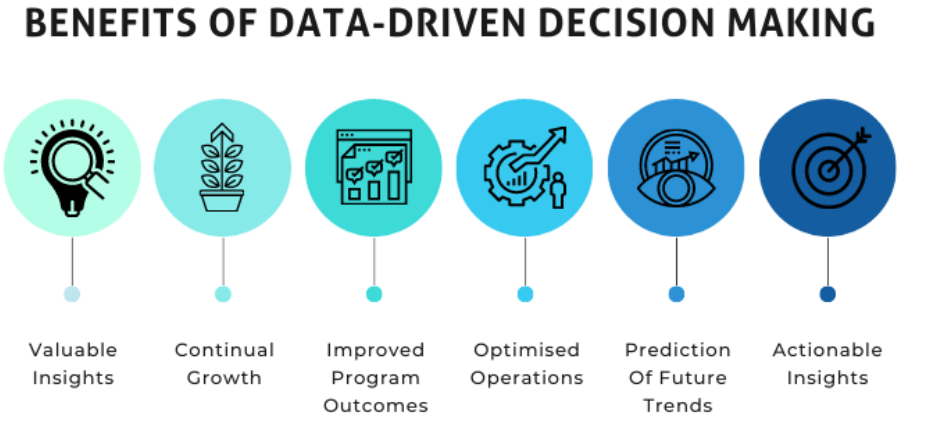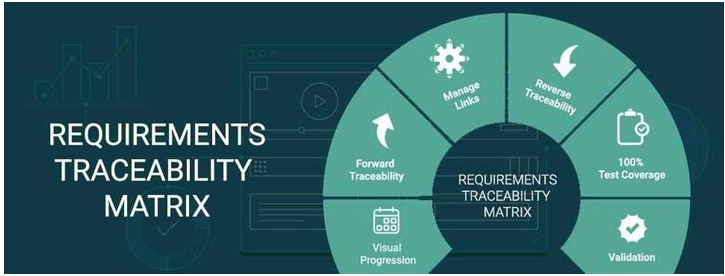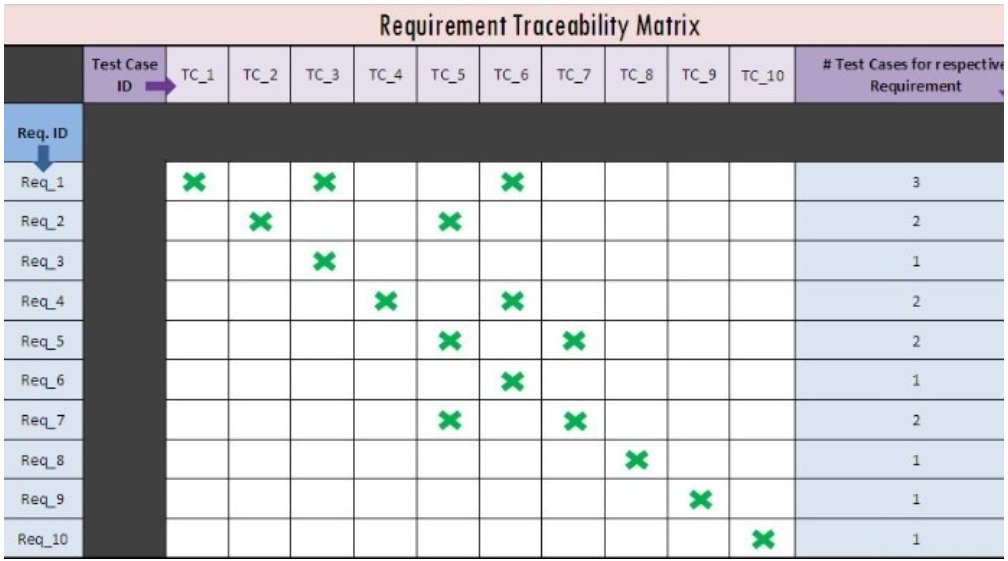
Why RTM, Cross-Functional Teams and DevOps Are Key Ingredients for Project Success
By Adnan Mujkanovic, Solution Architect at Authority Partners
Data is a powerful tool that enables organizations to measure the effectiveness of their strategies. With data, you gain knowledge of what went well and what needs improvement.

Addressing Key Questions:
During project development, we often find ourselves grappling with critical questions, such as:
- What is the extent of test coverage for our business requirements?
- How confident are we that there is no regression leakage?
- Do we need to create new test cases?
- Are our existing test cases up to date?
- What is the impact of new features on our existing test cases?
- Should we automate any new tests?
- How can we formulate an efficient test plan?
To tackle these questions, we have implemented the Requirement Traceability Matrix (RTM).
Why Choose RTM?

In a collaborative environment, it’s essential to have a deep understanding of a client’s requirements and ensure the final product is free from errors. To achieve this, each team involved must thoroughly grasp the project requirements and devise comprehensive sets of both positive and negative test cases.
However, a significant challenge arises: how can we guarantee that every conceivable scenario and case has been thoroughly tested? The Requirement Traceability Matrix (RTM) serves as a simple yet effective solution for tracing requirements to their corresponding test scenarios and cases. Typically presented as a worksheet, the RTM contains a comprehensive list of requirements, associated test scenarios and cases, and their current status, indicating whether they have passed or failed. This invaluable tool empowers the testing team to comprehend the level of testing activities conducted for the specific project.
Understanding the Requirement Traceability Matrix:

The RTM is a document that meticulously maps and traces user requirements to corresponding test cases. It serves as a consolidated record that captures all client-provided requirements and their traceability throughout the Software Development Life Cycle. The primary objective of the RTM is to ensure that all requirements are rigorously tested through appropriate test cases, leaving no functionality unchecked during the Validation and Verification testing phases.
Unlocking the Value of an RTM – Return on Investment (ROI):
The RTM is a dynamic document that undergoes updates with each new system change. It proves invaluable in various scenarios, including:
1. When Gathering Requirements – Enhancing Efficiency:
An RTM acts as a vital checkpoint to detect any new requirements that might contradict existing ones. This preemptive measure saves unnecessary implementation efforts.
2. When Deciding the Appropriate Test Case Level:
In the face of new requirements, questions invariably arise about how to verify them, which test cases to create and whether similar test scenarios already exist. An RTM simplifies this process during the grooming phase. It helps identify changes in requirements and encourages discussions on the most suitable testing levels. This eliminates redundant work, such as writing new test cases when existing ones suffice.
3. Keeping Test Cases Up to Date:
One of the most compelling reasons for implementing an RTM is to maintain the Validation and Verification code in sync with the evolving requirements. By using an RTM during implementation, you can easily pinpoint which test cases need updates, ensuring the application and validation code remain compatible before transitioning to the DevOps pipeline.
4. Determining the Test Plan:
While a full regression test is always an option, it often consumes unnecessary resources and time. An RTM plays a pivotal role in shaping the Test Plan for each project item, encompassing API test cases, smoke tests and test cases affected by new changes. This strategic approach optimizes testing efficiency and resource allocation.
Conclusion:
In conclusion, with the implementation of an RTM, we’ve come to appreciate the significance of having cross-functional teams. This multi-disciplinary approach allows our team to deliver comprehensive deliverables, enabling our DevOps processes to function seamlessly.
Incorporating cross-functional teams and DevOps practices, alongside the effective use of a Requirement Traceability Matrix (RTM) is a winning combination. It ensures that your projects are not only well-tested and in compliance with client requirements, but also delivered quickly and efficiently. It fosters collaboration, efficiency and a commitment to excellence that is at the heart of successful software development in the modern era.
We are Authority Partners.
To learn more about how we can help you on your next project, please reach out to us here or via email at hello@authoritypartners.com.



